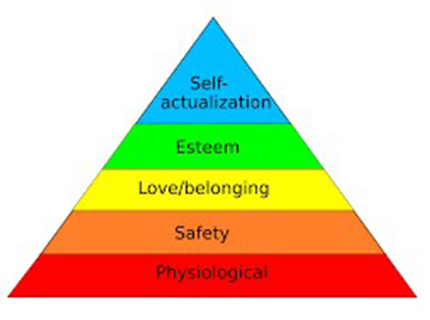Introducción a la Ergonomía Aplicada al Diseño Industrial.
##plugins.themes.bootstrap3.article.main##
Resumen
La ergonomía (o factores humanos) es la disciplina científica que se ocupa de la comprensión de las interacciones entre los seres humanos, otros elementos de un sistema y el medio ambiente. El ergonomista aplica teorías, principios, datos y métodos de todas las ciencias, con un enfoque sistémico holístico, con el fin de optimizar el diseño para el bienestar humano y el rendimiento general del sistema. Todas las naciones industrializadas hoy en día se refieren a la Ergonomía como una "herramienta" indispensable para el diseño de cualquier producto y se han promulgado más de 100 normas ergonómicas ISO-EN que deben cumplir cualquier producto y proceso de producción. El objetivo de la Ergonomía es identificar un diseño orientado al usuario y, para ello, proporcionar al diseñador pautas para proceder en el cumplimiento de las limitaciones impuestas por las características físicas y psicofisiológicas del ser humano.
##plugins.themes.bootstrap3.article.details##

Esta obra está bajo una licencia internacional Creative Commons Atribución-NoComercial-CompartirIgual 4.0.
- Atribución — Usted debe dar crédito de manera adecuada , brindar un enlace a la licencia, e indicar si se han realizado cambios . Puede hacerlo en cualquier forma razonable, pero no de forma tal que sugiera que usted o su uso tienen el apoyo de la licenciante.
- NoComercial — Usted no puede hacer uso del material con propósitos comerciales .
- No hay restricciones adicionales — No puede aplicar términos legales ni medidas tecnológicas que restrinjan legalmente a otras a hacer cualquier uso permitido por la licencia.
- CompartirIgual — Si remezcla, transforma o crea a partir del material, debe distribuir su contribución bajo la misma licencia del original. NOTA: Este punto aplica para los números 1 al 20 de la revista con la anterior licencia CC-BY-NC-SA 4.0. No aplica para la nueva licencia CC BY-NC 4.0 desde el Volumen 11, Número. 21 (2024).
Citas
A list of 111 ISO/EN/UNI Standards regarding Ergonomics. Published by “Società Italiana di
Ergonomia e Fattori Umani”, Milano, Italy.
http://www.societadiergonomia.it/approfondimento_norme/#norme
Alexander, D. and Rabourn, R. 2020. Applied Ergonomics. CRC Press, Boca Raton, USA.
ISBN 978-03-674-5523-1.
Arellano, J. L. H., Macías A. A. M., Martínez J. A. C. and Coronado P. P. 2018. Handbook of
Research on Ergonomics and Product Design. Engineering Science Reference, an
imprint of IGI Global, Hershey, Usa. ISBN 978-15-225-5234-5.
Bandini Buti, L. 2001. Ergonomia e prodotto, Il Sole 24 Ore, Milano, Italy. ISBN 978-88-324-
-X.
Grossi, F. C. 2006. L’imprenditore artigiano nella società digitale, dal modello
socioeconomico post-industriale all’artigianato del “villaggio globale”. CNA Cultura,
Udine, Italy.
Grossi, F. C. 2022. The Distinctive Features of Artisanal Design and Industrial Design.
A3manos, Revista de la Universidad Cubana de Diseño, Universidad de la Habana,
Cuba, n. 16 enero - junio 2022. Pages 13-16. ISSN 2412-5105.
Harrison , J. S., Barney , J. B, Freeman ,R. E. and Phillips , R. A. 2019. The Cambridge
Handbook od Stakeholder Theory, Cambridge University Press, Cambridge, U.K.
ISBN 978-11-081-2349-5.
Meister, D. and Enderwick T. P. 2001. Human Factors in System Design, Development, and
Testing. CRC Press, Boca Raton, USA. ISBN 978-08-058-3206-8.
Norman, D. A. 1988. The Design of Everyday Things. Basic Books, New York, USA, ISBN
-0-465-06710-7.
Salvendy G. and Karwowski W. 2021. Handbook of Human Factors and Ergonomics, Fifth
Edition. John Wiley & Sons, Inc., Hoboken, USA. ISBN 978-11-196-3608-3.
Stanton, N. A., Young M. S. and Harvey C. 2017. Guide to Methodology in Ergonomics:
Designing for Human Use, Second Edition. CRC Press, Boca Raton, USA, ISBN 978-
-384-3472-1.
























